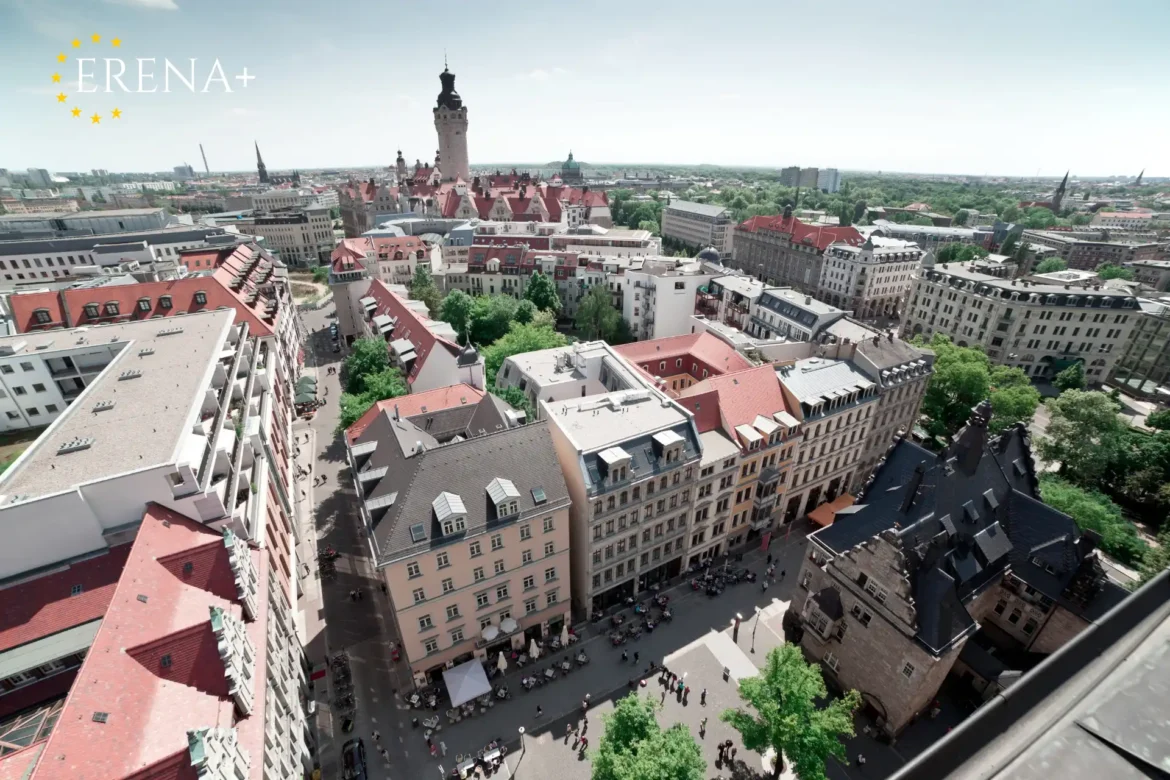Leipzig, known for its rich history and vibrant cultural scene, is home to some of the most iconic properties in Germany. Its historic districts boast a variety of architectural styles, each representing different eras in the city’s long evolution. Preserving these properties is essential to maintaining Leipzig’s identity, charm, and cultural heritage. In this article, we explore the most iconic properties in Leipzig’s historic districts and the ongoing efforts to protect them.
A Brief History of Leipzig’s Architecture
Leipzig’s architecture spans over a millennium, with buildings reflecting its transformation from a medieval trading hub to a cultural center. Key architectural styles include:
- Medieval: The city’s initial development as a trade center.
- Renaissance and Baroque: Periods of prosperity marked by grand civic buildings and merchant homes.
- Industrial Revolution: The rise of Neo-Gothic and Art Nouveau (Jugendstil) structures.
- Modernism: Early 20th-century innovations, including the rebuilding of iconic landmarks after WWII.
Today, Leipzig’s blend of old and new buildings creates a vibrant urban landscape that is both historically rich and modern.
Iconic Properties in Leipzig’s Historic Districts
1. The Old Town Hall (Altes Rathaus)
Located in the heart of the city, the Old Town Hall is a Renaissance gem dating back to 1556. With its intricate carvings and grand staircase, it stands as a symbol of Leipzig’s civic pride. Today, it houses the City History Museum and remains a focal point for both locals and visitors.
- Architectural Style: Renaissance
- Significance: Once the city’s administrative center, now a historical museum.
- Preservation: Ongoing restoration work to maintain the building’s facade and interior.
2. The Leipzig Opera House (Oper Leipzig)
A cultural cornerstone, the Leipzig Opera House dates back to 1693, though the current structure was built in 1960 after WWII destruction. Known for its stunning acoustics, it hosts world-class performances and is an architectural blend of classical design and mid-20th-century elements.
- Architectural Style: Classical and mid-20th-century reconstruction
- Significance: Central to Leipzig’s musical heritage.
- Preservation: Renovations to modernize while retaining historic features.
3. Thomaskirche (Thomas Church)
The Thomaskirche is one of Leipzig’s most iconic landmarks, home to the famous Thomanerchor and the place where Johann Sebastian Bach worked as cantor. Built in the 12th century and reconstructed in the 15th and 16th centuries, the church is a beautiful example of medieval and Baroque architecture.
- Architectural Style: Romanesque and Baroque
- Significance: Bach’s legacy and the city’s musical tradition.
- Preservation: Ongoing care of the building’s organ, stained glass, and Bach memorial.
4. The Mädler Passage
Opened in 1914, the Mädler Passage is a stunning example of Art Nouveau and Neo-Renaissance architecture. This covered shopping arcade in the city center is lined with boutiques and cafes, offering visitors both modern retail experiences and historical charm.
- Architectural Style: Art Nouveau, Neo-Renaissance
- Significance: A center for commerce in Leipzig.
- Preservation: Restorations ensure the passage maintains its historical elegance.
5. The City Wall and Old Trade Fair Buildings
Leipzig’s medieval city wall remnants and the Old Trade Fair Building (Altes Messehaus) offer a glimpse into the city’s early history as a trade hub. The Renaissance-style trade fair building is one of the city’s oldest, showcasing Leipzig’s importance in European commerce.
- Architectural Style: Renaissance and Medieval
- Significance: A reminder of Leipzig’s prominence as a trade center.
- Preservation: Efforts to maintain and protect the city’s medieval wall sections.
Challenges in Preservation
The preservation of these historic properties faces several challenges:
- Balancing Old and New: Maintaining historical integrity while updating buildings for modern use.
- Funding: Restoration projects can be expensive, requiring financial support from both public and private sectors.
- Urban Development: New developments in Leipzig sometimes conflict with preservation goals, as the city continues to grow.
Despite these challenges, Leipzig’s local government and preservation societies are committed to ensuring that these historical treasures remain intact for future generations.
The Importance of Heritage Preservation in Leipzig
The preservation of Leipzig’s iconic properties is crucial for several reasons:
- Cultural Identity: These buildings reflect the city’s rich history and contribute to its unique character.
- Tourism: Historic landmarks attract visitors from around the world, supporting the local economy.
- Community Pride: Maintaining these buildings fosters a sense of pride and continuity among Leipzig’s residents.
Conclusion: Ensuring Leipzig’s Legacy
Leipzig’s historic districts are an essential part of the city’s charm and cultural identity. Buildings like the Old Town Hall, Leipzig Opera House, and Thomaskirche not only tell the story of Leipzig’s past but also shape its future. Efforts to preserve these iconic structures ensure that Leipzig’s legacy endures for future generations, blending the city’s rich history with its vibrant present.
By continuing to invest in the preservation of its architectural heritage, Leipzig remains a city where the past and future coexist harmoniously.

